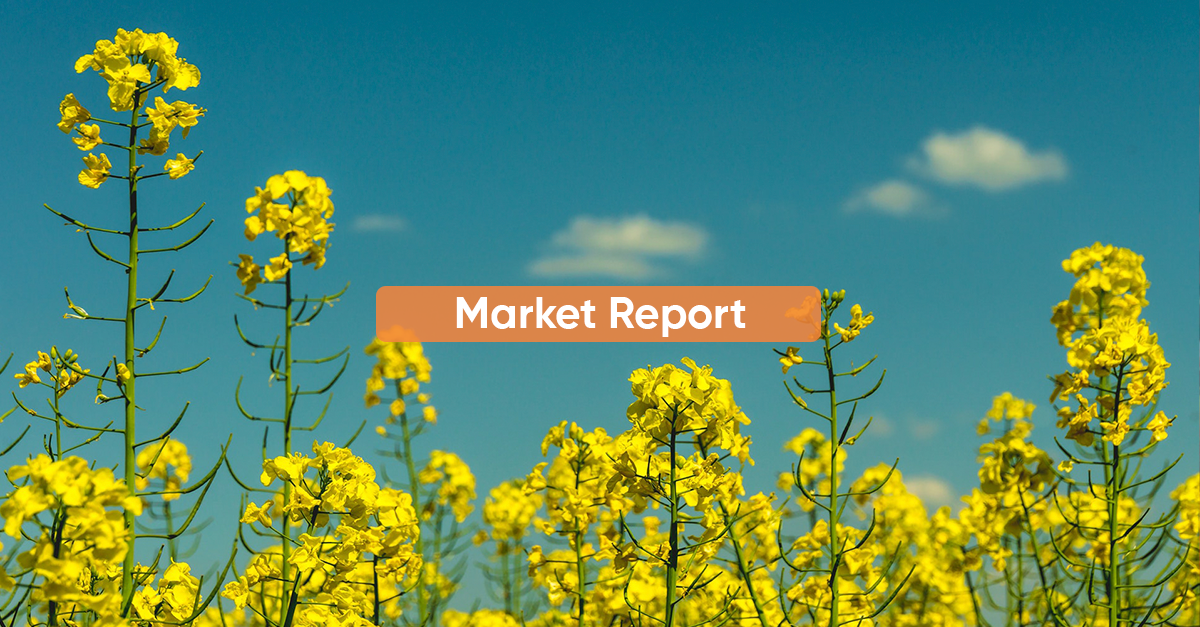Vegetable oil prices have fallen slightly over the last 20 days, although they are still at record highs.
In the table below, you can see the price comparison of the 4 main vegetable oils in the first months of the last few years. It highlights that prices have almost tripled if we compare the period January-April 2020 with prices in April this year. This price level has sparked a debate about possible supply shortfalls in poor or developing countries that cannot afford to pay current market levels. There is also debate about the increasing incorporation of oils in biofuels:

Here is a look at the evolution of some oils and other relevant market factors in the last few days:

In the case of Ukraine and sunflower, the news is that just over 50% of the total area planted last year has been planted so far and it is estimated that it could end up at around 70%. However, these figures need to be validated in the coming weeks, once planting is completed. In other sunflower producing countries, the area planted this year has been extended: temperature and rainfall in the coming months will determine yields and additional availability in these countries.
In the case of palm, most analysts believe that Indonesia’s export ban will be temporary, as domestic stocks are growing rapidly and there are protests by small and medium-sized growers. On the other hand, soybean crop forecasts have a major relevance for future price developments.
In this changing and uncertain scenario, we invite you to download and continue reading LIPSA’s market report below, where you will be able to get first hand information on:
1. Evolution of reference markets
2. Sunflower oil
3. Rapeseed oil
4. Palm oil
5. Lauric oils
6. Soybean oil
